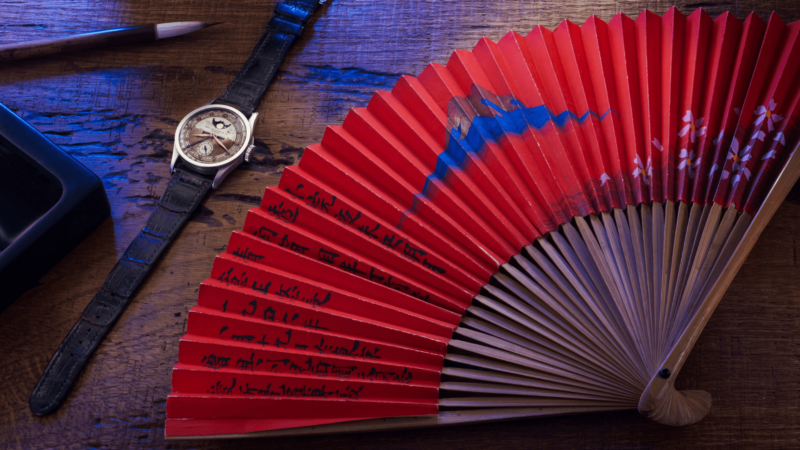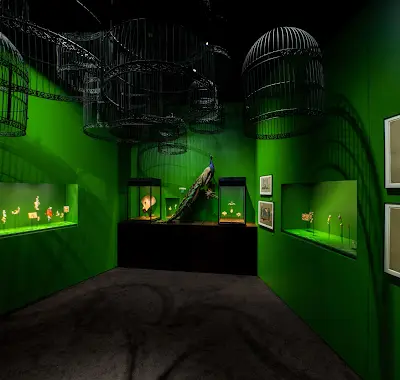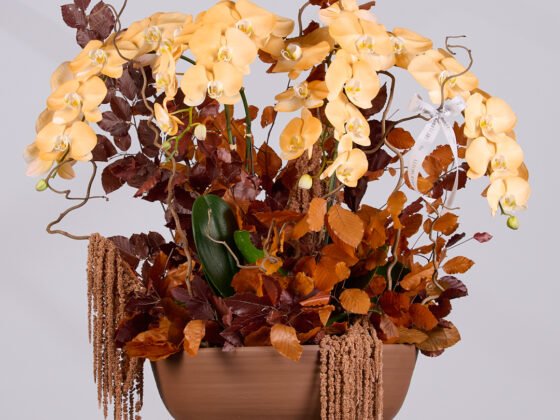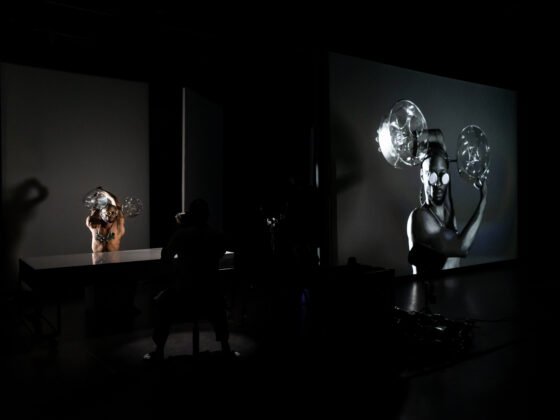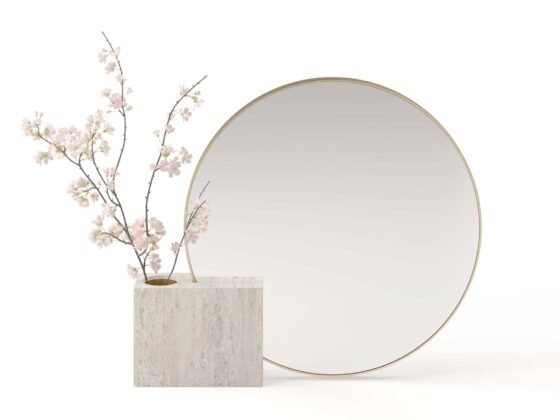Phillips, in association with Bacs & Russo, is presenting an exhibition of several artefacts that once belonged to Aisin-Giro Puyi, the last Emperor of the Qing dynasty. The exhibition is part of the opening ceremony of Phillips’ new Asia headquarters in Hong Kong.
A Patek Philippe Reference 96 Quantieme Lune, an inscribed paper fan, a manuscript notebook, watercolour paintings and a leather-bound printed edition of Confucius’ Analects are being exhibited. These artefacts offer a rare insight into a remarkable chapter in world history. The Puyi artefacts will be on view in Hong Kong until March 31. This will be followed by an international tour to New York, Singapore, London, Taipei and Geneva. The artefacts will then be offered for sale at a later date.
From 1945 to 1950, the deposed Emperor was held prisoner in the USSR. During these five years, a Soviet official who spoke fluent Mandarin served as the Emperor’s interpreter and tutor. These artefacts spotlight the extraordinary friendship which developed between Puyi and his Russian translator.
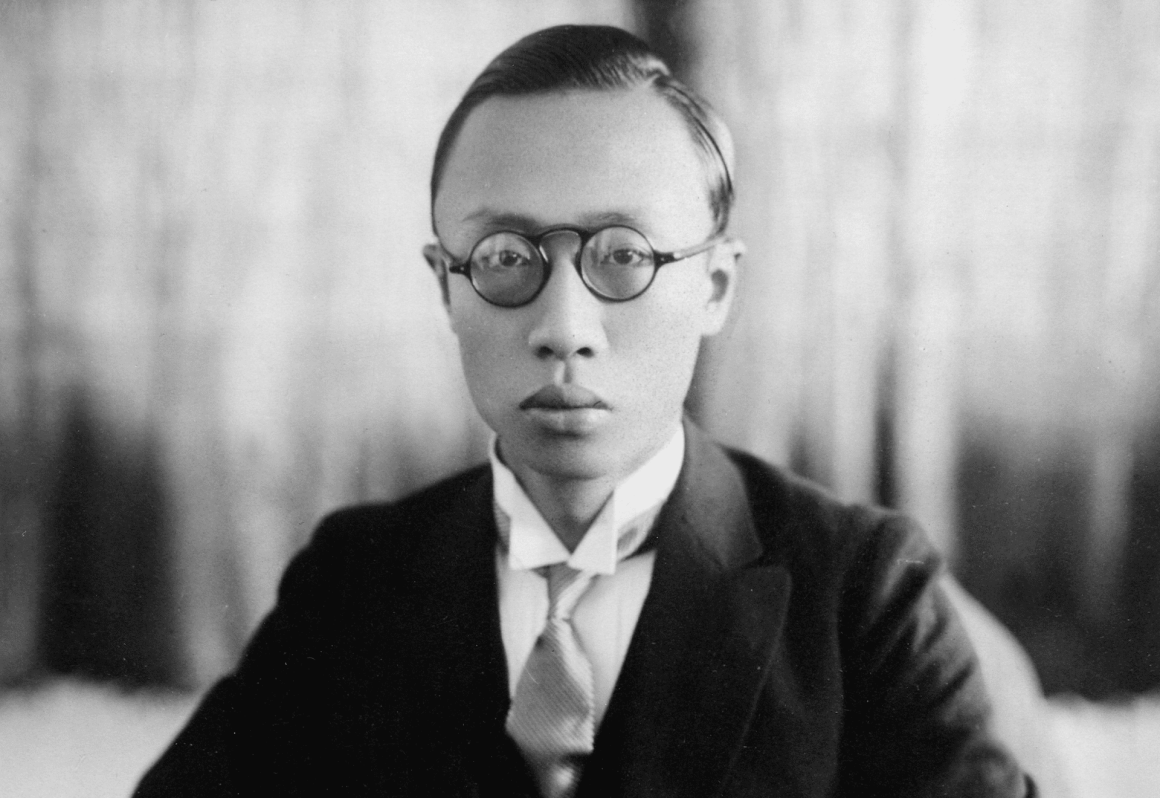
Born in 1906, Aisin-Gioro Puyi was the last Emperor of the Manchu-led Qing dynasty. He ascended the throne as the Xuantong Emperor at nearly three years old in accordance with Empress Dowager Cixi’s decree. When the occupying Japanese forces surrendered in 1945, Puyi, whose government was in alliance with them, was captured at Shenyang Airport by the invading Soviet Red Army.
Puyi was held first in Chita, a city in south-eastern Russia, as a prisoner of war. He was then incarcerated in a Soviet detention camp for five years in Khabarovsk, close to the Russia-Manchu border. During his time in the Soviet Union, Puyi developed a close friendship with his interpreter, Georgy Permyakov. In August 1946, Puyi testified at the International Military Tribunal for the Far East as a historical witness.
After Chairman Mao Zedong’s victory in China, he visited the Soviet Union in 1950. During this visit, the two authorities came to an agreement on Puyi’s repatriation. According to a first-hand account by the Emperor’s nephew, it was at this time that Puyi gifted his Patek Philippe watch to his friend Permyakov.
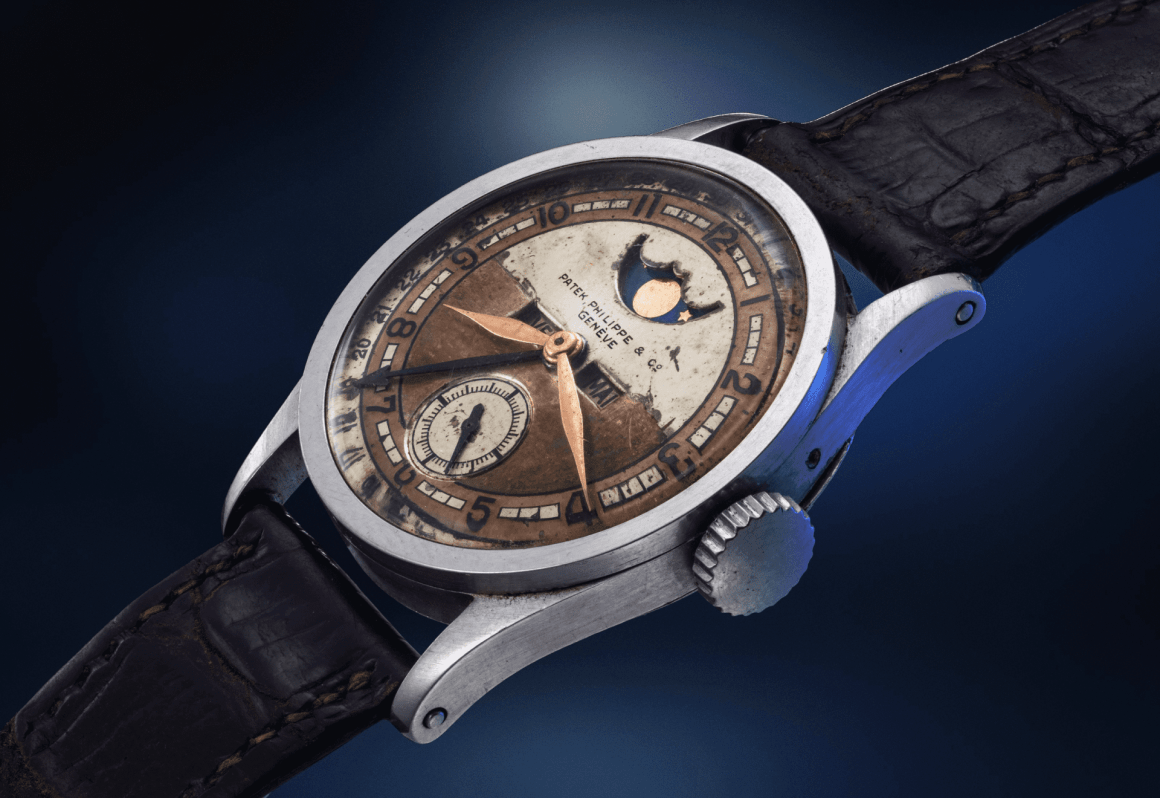
Several years after Puyi was extradited back to China, he was granted amnesty. He went on become a citizen of New China, and was also appointed Commissioner on Cultural and Historical Materials by the National Committee of the Chinese People’s Political Consultative Conference.
On 17 October 1967, Puyi passed away due to illness in Beijing, aged 61. His life would later be dramatised by Bernardo Bertolucci’s 1987 cinematic masterpiece, The Last Emperor.
The watch that Puyi gifted to Permyakov is a Patek Philippe reference 96 with triple date and moon phase. It is of tremendous importance to the Swiss watchmaker’s heritage, and is one of the most crucial examples to ever resurface. While only seven Patek Philippe reference 96 timepieces of such complication were previously known, the present example is fresh-to-the-market and is the eighth example to appear.
The Calatrava case in platinum was crafted by Antoine Gerlach and identified by “Key number 4” stamp. The dial features an Arabic numeral dial paired with a matching pink gold ring and Feuille hands. Housed within the timepiece is an 11 Victorin Piguet ébauche movement produced during the downfall of the global economy in 1929 – the beginning of the Great Depression – and therefore was never cased. The reference 96 was unveiled as a novelty in 1932. The movement was further upgraded by the manufacturer and fitted into this present modernist platinum case with Bauhaus influences in 1937.
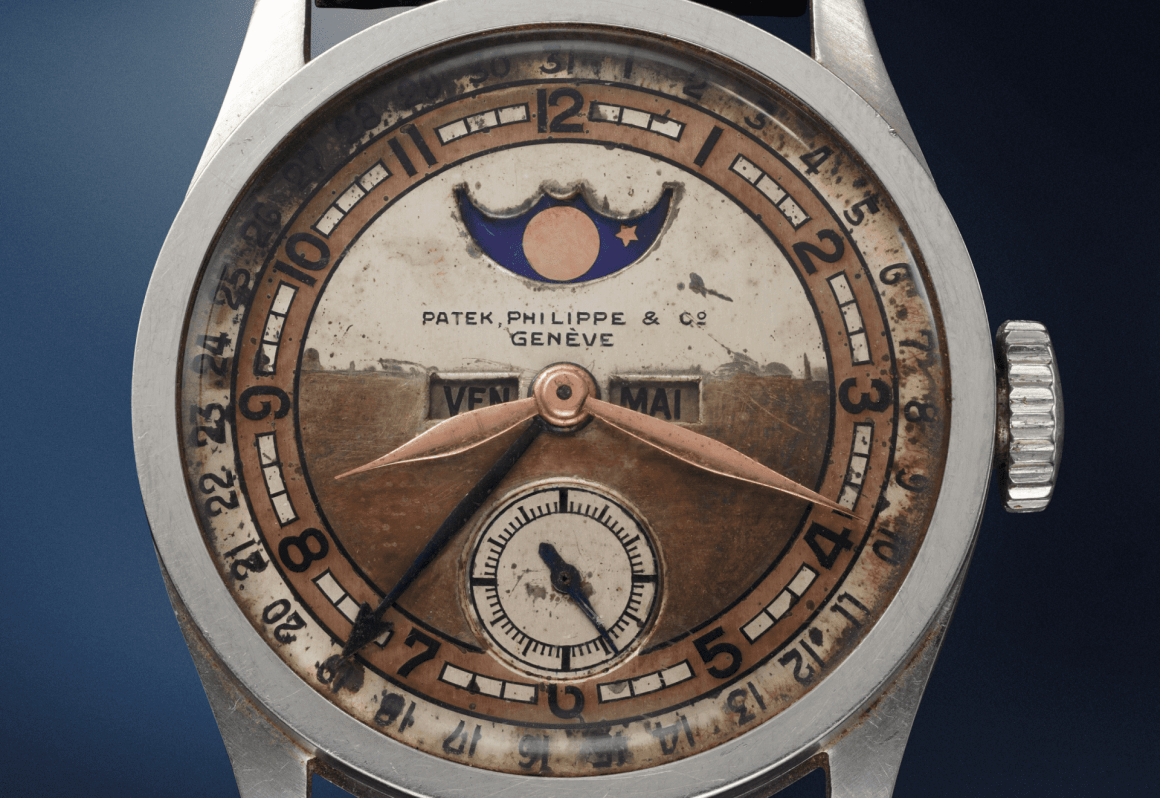
To underscore the rarity of this timepiece, we have to put it into context. Only two examples with the exact dial configuration – which includes an enamel Arabic “Roulette” configuration – have ever previously surfaced. Both are cased in platinum and bear consecutive movement numbers. One is now part of the Patek Phillipe Museum collection, and the second was sold in 1996 to a private collector. Exceedingly prestigious, kept in its original untouched condition with consistent patina throughout, this time-capsule piece with incredible historical importance, is the epitome of its kind.
Further cementing its authenticity, the production of the timepiece is confirmed by the Patek Philippe Extract from the Archives mentioning a silvered dial, rose gold zone and enamel hour markers manufactured from 1929, and was later sold on 6th October 1937.
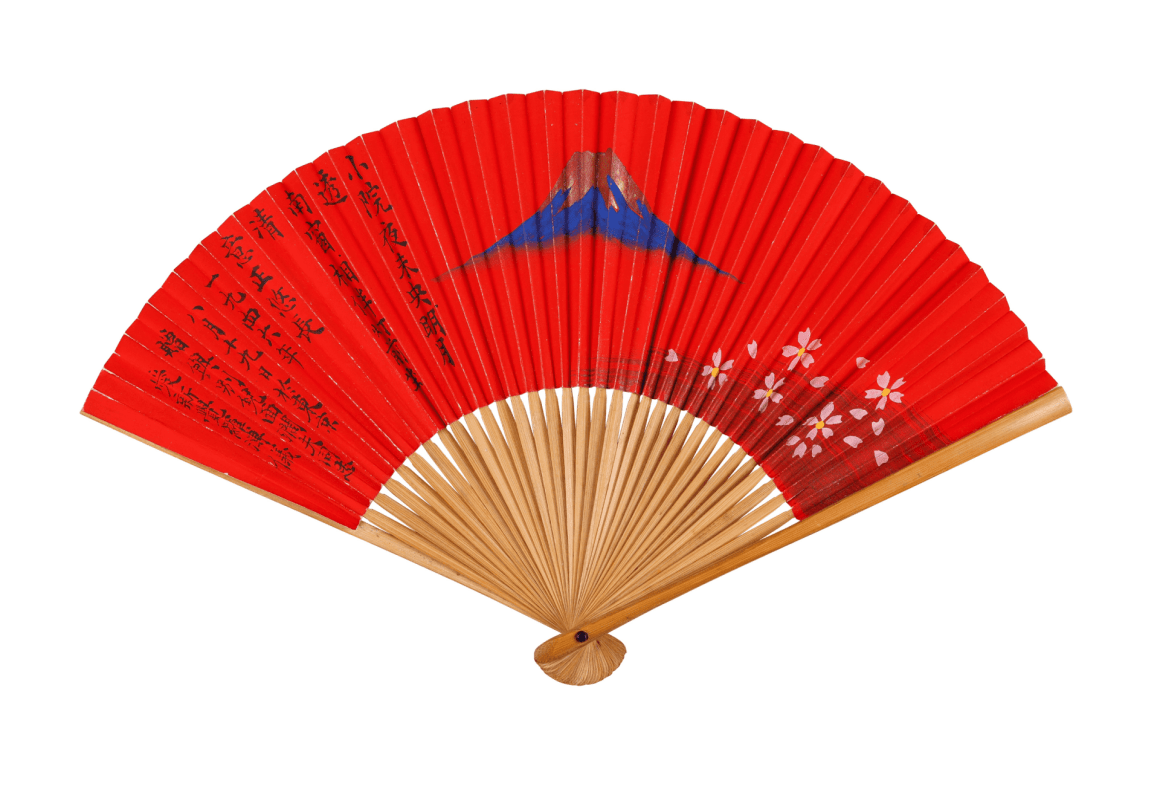
Among the items accompanying the watch is a red paper fan that Puyi personally inscribed and gifted to his interpreter in Tokyo. The fan is inscribed with a poem composed and penned in Chinese by Puyi himself, consisting of four lines of five syllables each. The English translation of which reads
It is not dawn yet at the courtyard,
The moonlight seeps through the south window.
Sitting together by the lamp,
The long silent mood endures.
Dedicated to my comrade Bie’ermiankuofu (Permyakov) in Tokyo on 19 August 1946, by Aisin-Gioro Puyi.
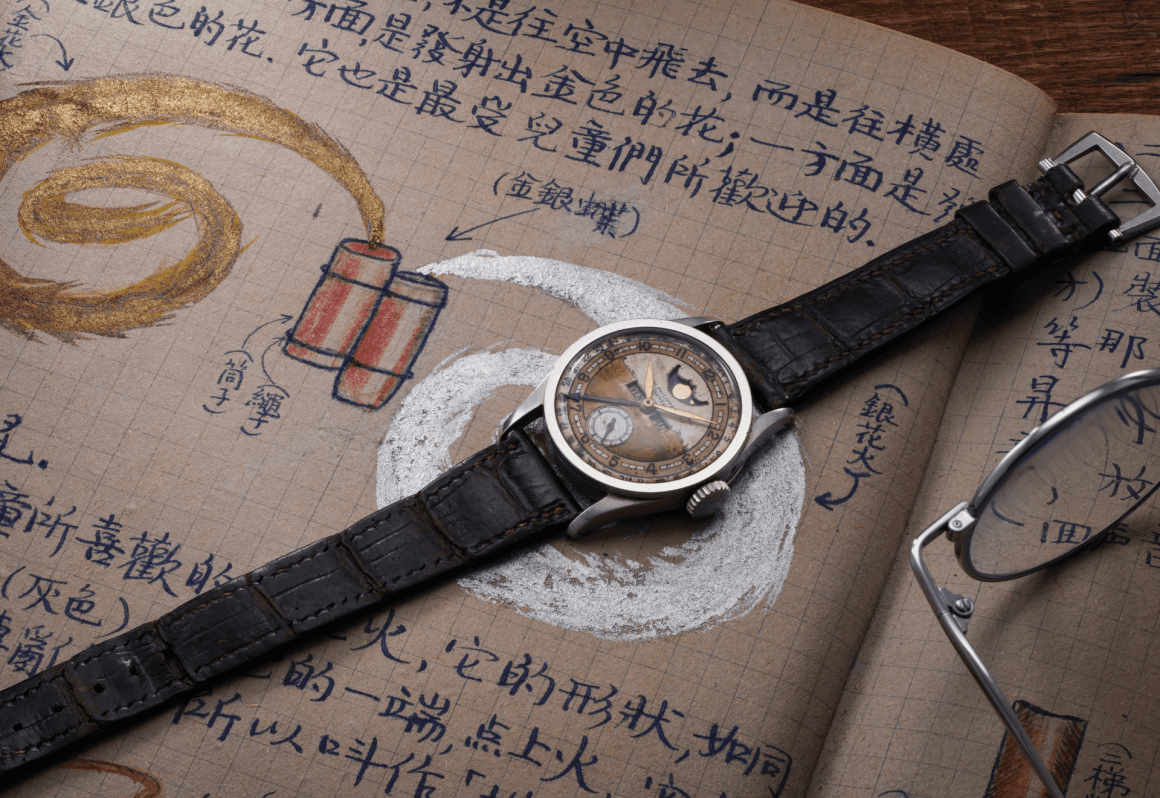
A manuscript notebook provides a never-before-seen glimpse into the mind of Puyi. For the five years that Puyi was in the Soviet Union, he penned miscellaneous notes on the books and magazines he read. The content is diverse, focusing mainly on customs and daily life in China.

A leather-bound edition of Confucius’ Analects bears witness to the attachment that Puyi held for the traditional values and teachings of Confucius, the famed Chinese philosopher and politician (770 to 481 BCE) who was and still is hailed as the paragon of Chinese sages.
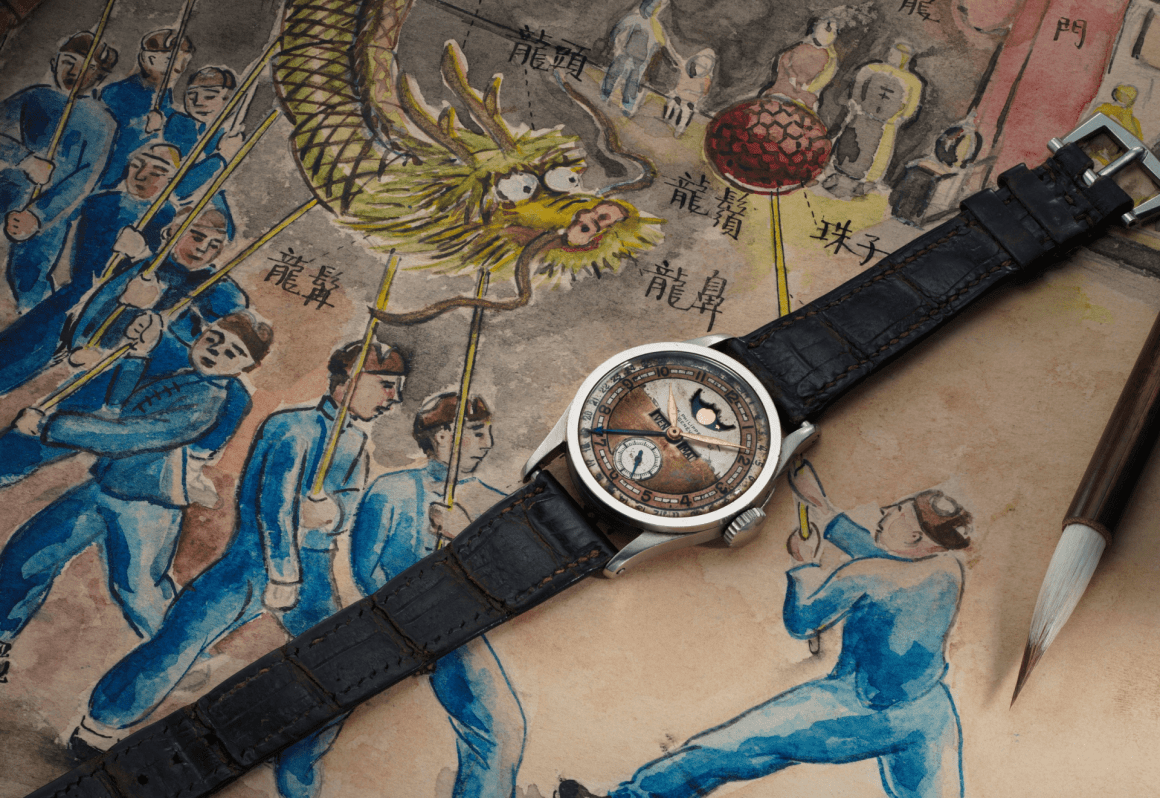
Fifteen watercolour paintings attributed to Puyi’s brother-in-law Runqi, depicting various aspects of Chinese culture and rural scenes, will also be on view. These watercolours had a didactic purpose. They served as pictorial illustrations with every element in the different scenes carefully labelled in Chinese characters.

